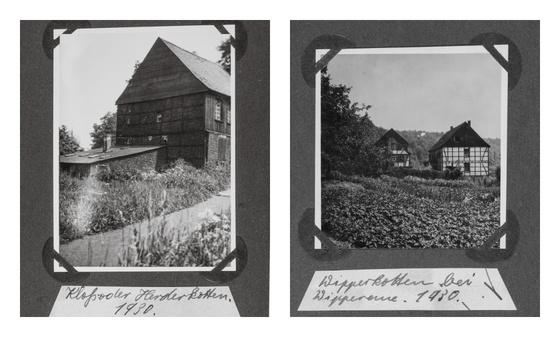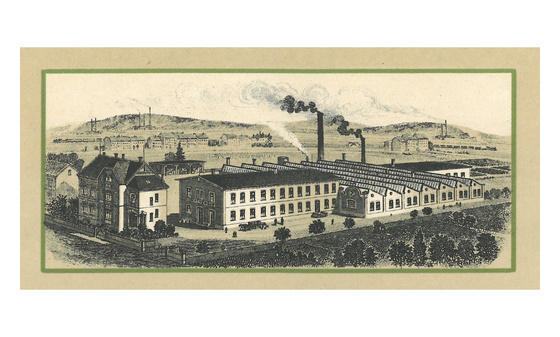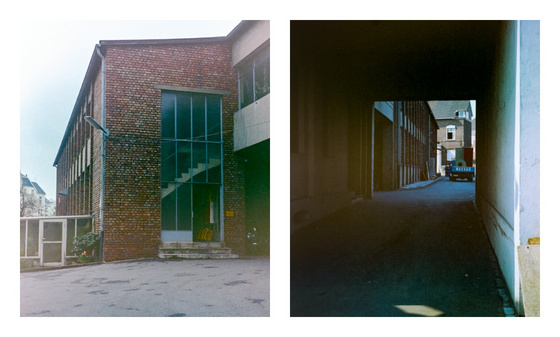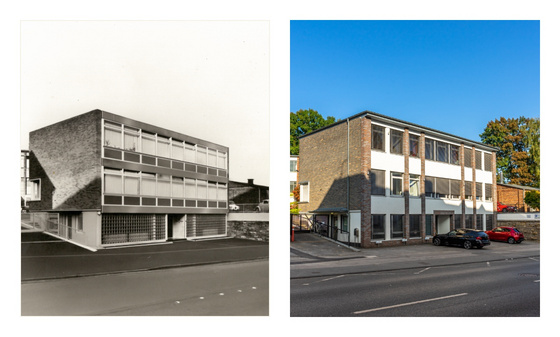Herderskotten
It just started. The first Robert Herder knives were sharpened in Herderskotten am Kuckesberg after Robert Herder separated from his mother and siblings at Keusenhof and became self-employed.
As the company developed, the work of other grinders in other Solingen Kotten was added, such as the Kuckesberger Kotten, the Brucher Kotten and the Wipperkotten.
Our knives were sharpened here by first-class grinders up until World War II. We already made the handles, called handles, in our handle milling shop. The blade control, assembly of the knives, packaging and shipping also took place in the buildings on Benrather Strasse in Solingen-Ohligs.
A Kotten is a small, independent business facility, usually located on a watercourse, as water power was needed to drive forging hammers, grinding stones and molding wheels, for example for making knives and scissors.

![[Translate to Englisch:] Links Kuckesbergerkotten, rechts Brucher Kotten](/fileadmin/_processed_/e/e/csm_kuckesbergerkotten-brucherkotten_d7eac6ada3.jpg)





